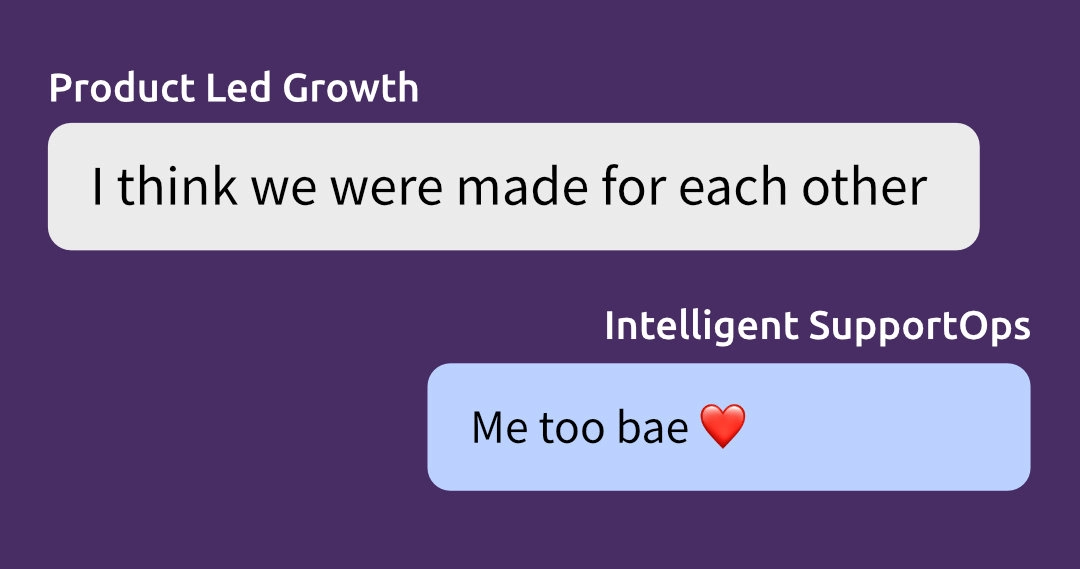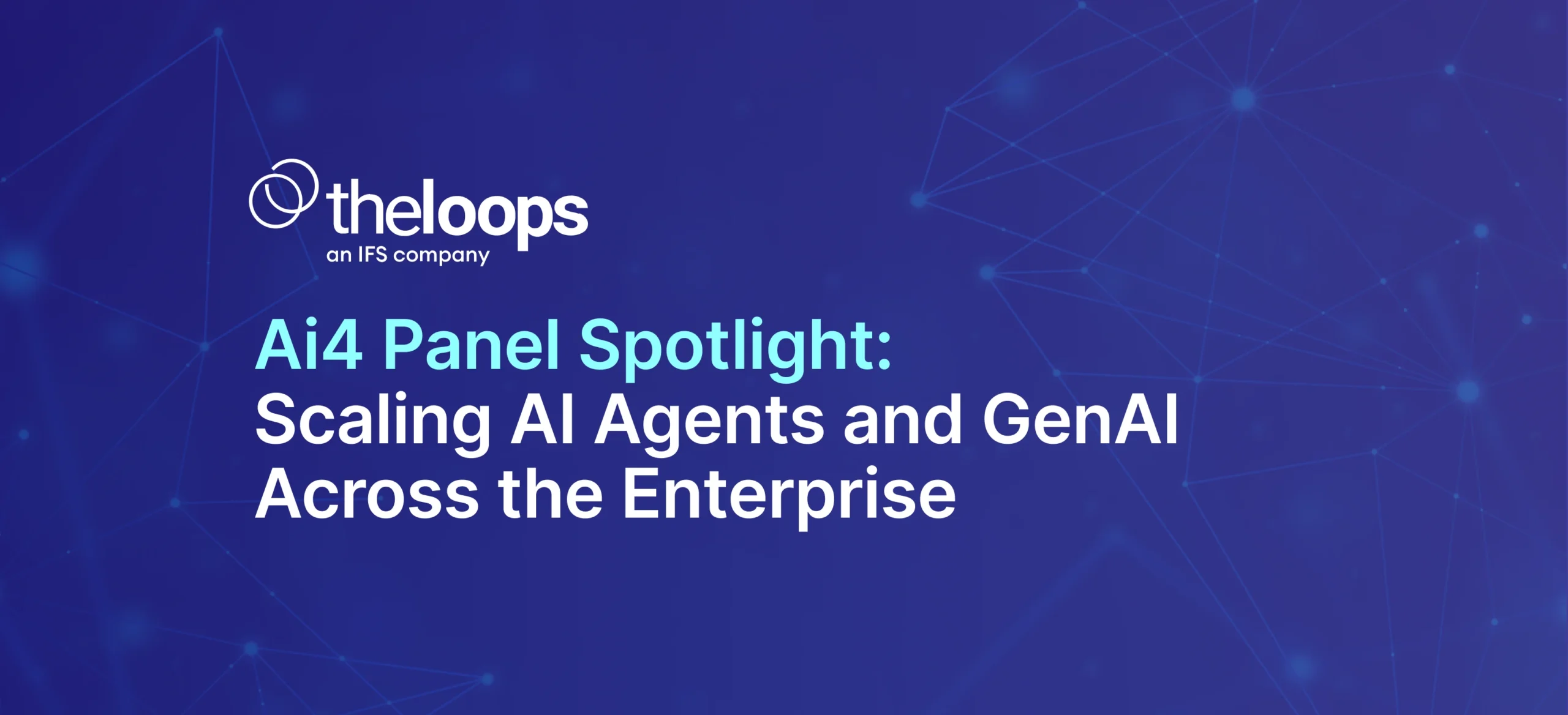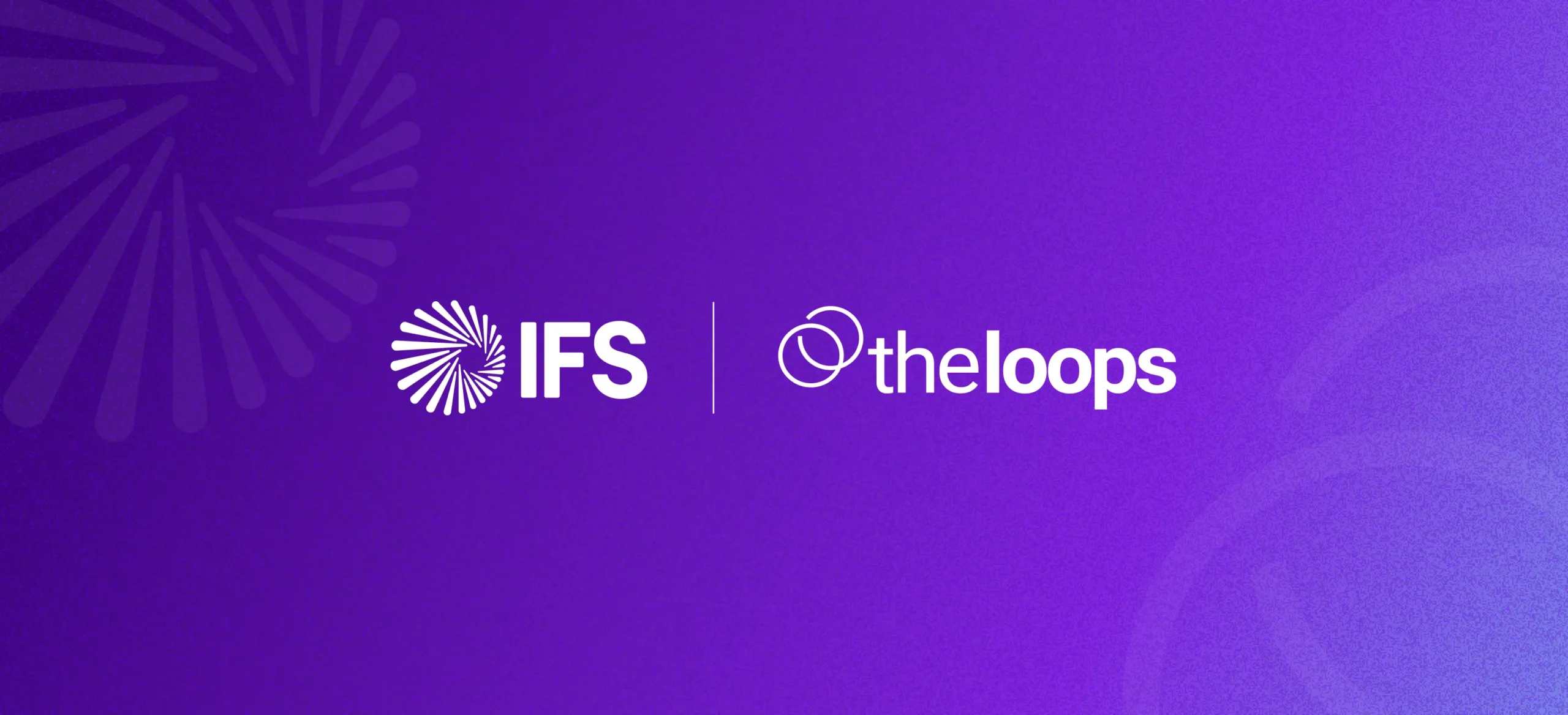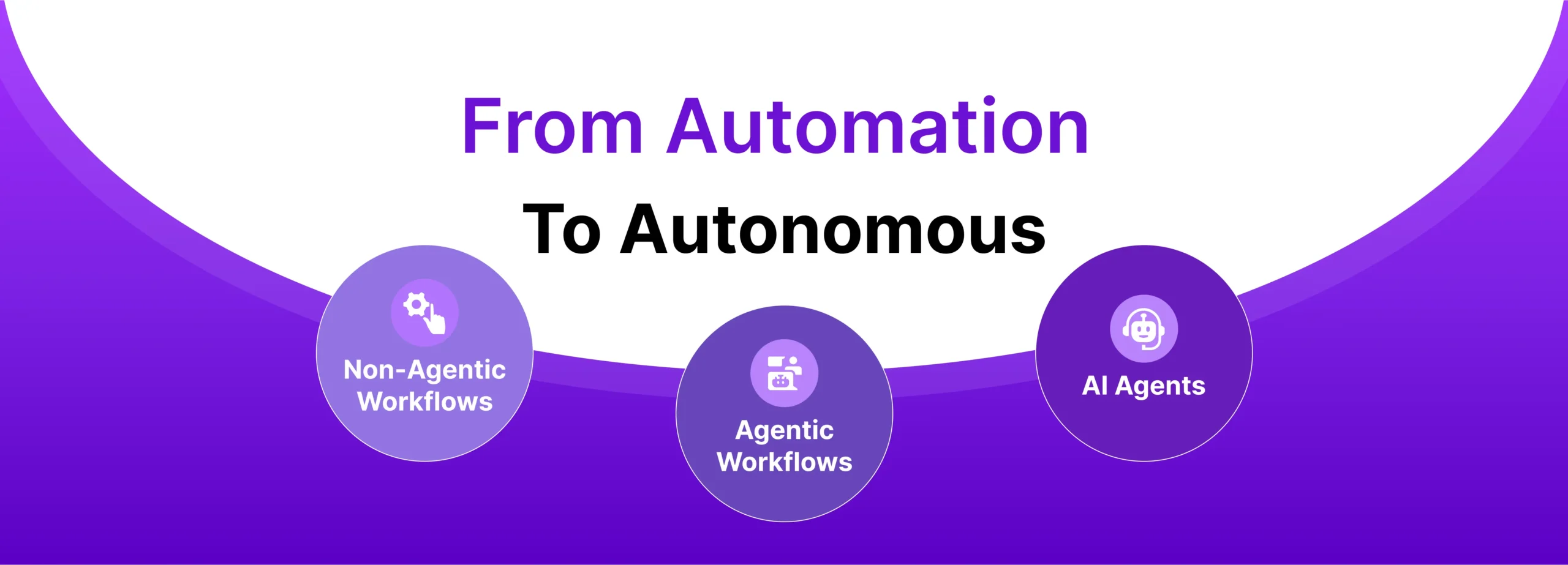Rethinking Product Led Growth
The world of “product led growth” requires a new customer lifecycle that is aligned with the business, reflects how customers are consuming your digital products and synchronizes with your business operations. Here at TheLoops we’ve been working with leading digital providers to support their growth needs and have developed this new framework. It’s a continuous cycle that feeds into both your product development and business operations with the ultimate aim of increasing customer lifetime value.
For product-led growth companies, customer support is a critical driver of customer lifetime value. And as “For Entrepreneurs” points out, lifetime value is a key metric for determining if your cloud business will be successful. Every human support rep that engages with your customers has to be highly empowered and capable. They must be able to immediately identify an issue, understand its dimensions, and take corrective steps. You can’t achieve this if your support reps have no insight into what is going on.
The support experience cannot be different from your product experience. In product led growth companies understanding data is critical. It’s happening on the sales and marketing side – so why can’t support leverage the same data?
Understand User Behaviors
This new customer care lifecycle starts with understanding your customers’ user behaviors withinyour digital products. Aligning this with your success, support, product, engineering and sales teams can create a better product and experience that increases customer lifetime value.
To make this happen, contextual awareness is the all-important success factor. Reps must be fully aware of what issues the customer is experiencing and must have access to real-time insights and recommendations in a single pane. With a complete picture, support reps can troubleshoot problems on-the-fly as well as identify unserved needs of their customer. As a result, customers will be happier and much more willing to spend more with you.
Customer support is no longer about reacting to customer complaints, passing them on to technical teams and hoping for the best. It’s about making decisions and providing advice via data-driven insights. Ultimately, the goal is to resolve the issue on the spot, even preemptively if possible. Those support organizations with their eye towards the future are looking to beef up their support operations by boosting their data and analytics capabilities, so that they can harness predictive insights to connect more closely with their customers. This means anticipating behaviors and identifying customer issues before they face them in real time.
In order to really take in the totality of your users behaviors, you must contextualize data from a wide array of sources starting with your service ticket data, maybe some notes from an engineer in Jira, customer survey feedback, as well as a multitude of other unexpected or rather formerly unreachable sources such as your DevOps tooling and the machine data of your product itself.
This data then needs to be intelligently resurfaced to support agents, success managers, leaders, engineers, to help them understand exactly where the customer is in their journey. What did the user do? However, you don’t want to bombard agents and customer success managers with reams of information, it has to be tailored, recommended data for the precise need or customer touch point. Automated support operations not only resolve issues on the frontline but completely closes the loop with the customer. That engagement and enablement is of huge importance to a customer.
Providing Actionable Insights
By learning from collaborations across Support, DevOps and Engineering, it transforms the customer support experience by providing insights from broad sets of data and recommendations embedded in intelligent workflows. These intelligent operations upskill representatives with correlated product insights and actions. For example, if you have interactions in a customer success tool and contextualize these to your agents in real-time that can provide actionable insights, or when a ticket is generated, the platform can send agents trending bugs and feature requests which relate to that customer. They also give managers holistic views of a customers’ engagement across all of its users – pinpointing key account issues preventing expansion, or helping to improve the efficiency of the department by providing clear segmentations for triaging service ticket backlogs.
Identifying Features vs Bug Issues and Preventing Escalation
A modern support solution can correlate data in real-time from the user journey, so you no longer have to ask the customer what they were doing in the product. If an error does occur, you can correlate that with the log files and alerts at the infrastructure level to guide the agent so they can identify the issue much faster. Is it a bug? Is it a feature request or has this happened in the past? This guidance really helps the agent. No more copy and pasting across tools, but really empathizing and having a better conversation with your customer. “I do understand this is an issue so let me escalate it or resolve it”. The connected rep is how to improve resolution rates.
An organization should be able to track and monitor an escalation process while maintaining the context of the customer issue across all platforms and between support and engineering organizations. And, by contextualizing this engagement further with CRM data, you’re able to include a revenue context, adding relevant data points to improve the ability to make key decisions. Support and engineering teams are now in a position to understand the revenue impact of each bug or feature addition.
With operational visibility, support and engineering teams have a clear priority of revenue opportunities. Engineering can see an ARR-impacted top line metric of the bug or feature request. Visibility brings everyone together to speak in a shared language. How your great work solving this ticket actually has had this big of an impact on your company. It brings a huge alignment within PLG teams about how to prioritize.
Increasing Customer Lifetime Value
To improve customer lifetime value look at the whole picture, the customer experience involves everything customers think and feel when they encounter your brand. Interactions, such as support ticket resolutions, can be a factor here that influences a customer’s perception of your brand.
Resolving or staying ahead of customer issues is all about having an automation platform in the backend, which is learning from user journey clicks, from errors within logs, to past interactions. It’s about finding the hidden nuggets across data sources and contextualizing them within seconds, to not only be proactive but also to be preventative.



